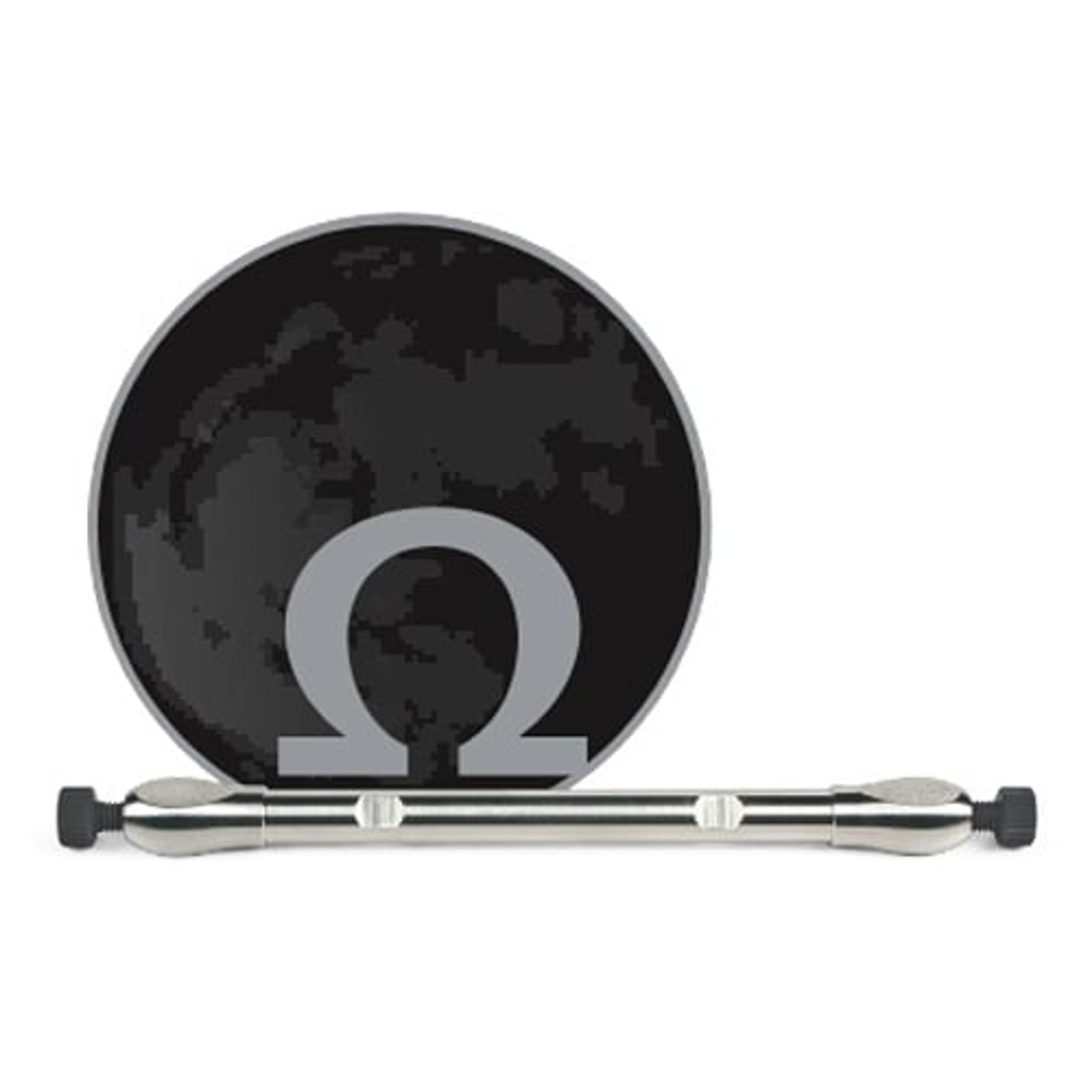Advances in gas chromatography for challenging separations in environmental and food industries
Watch this on-demand webinar to explore advances in GC column selectivities and method development tips
15 Feb 2021
Modern regulations put emphasis on analytical methods that are capable of separating critical analyte pairs for identification and quantitation. To meet experimental separation goals and exceed regulatory requirements, new gas chromatography (GC) column selectivities are now essential.
In this on-demand SelectScience® webinar, Dr. Ramkumar Dhandapani, gas chromatography (GC) technical manager for Phenomenex, explores advances in GC column selectivity and provides method development tips to help solve challenging chromatographic problems. A variety of important and popular analytical methods are explored, including:
Environmental applications:
- Fast, single-column separation of dioxins and substituted furans
- Fast analysis of PAHs and PCBs using unique GC column selectivity
- Overcoming challenges in semi-volatile organic compounds analysis
- Purgeable organic compound analysis on an MS-certified 624 Phase
Food testing applications:
- Fast fatty acid methyl esters (FAMEs) analysis
- Column selectivity for multiclass pesticide analysis
- Fast PAH and PCB separation in food
Read on for highlights from the live Q&A with Dr. Dhandapani or register to watch the webinar at any time that suits you.
Q: What was the advantage of using a ZB-Dioxin over a 5ms phase?
RD: When you take a 5ms it is a 5% phenyl or a 5% phenyl-arylene-based stationary phase. In terms of selectivity, it is not tailored for dioxin analysis. It has a general-purpose column that people commonly use for dioxin analysis but neither the QC test mix nor the applications are specific to dioxin.
With ZB-Dioxin however, the column is specifically tailored to give the best resolution for critical paths of dioxin. It gives consistent, reproducible resolution for the critical paths like Polychlorinated dibenzodioxins and Polychlorinated dibenzofurans which is commonly mentioned in many of the regulated methods.
Whenever you have an industry-specific column that is specially tailored for that purpose, it gives more reproducible analysis. Additionally, ZB-Dioxin provides shorter runtime than competitor products available on the market. It acts as a single column solution because it provides the best resolution for 2, 3, 7, 8-TCDF from its neighboring isomers.
Considering all these benefits, I would go with a ZB-Dioxin compared to a traditional 5% phenyl approach. Especially with traditional 5% phenyl where you would have to use a confirmatory column like 225 to resolve the coalition. With ZB-Dioxin you initially get better separation, and then you can optimize it for shorter runtimes by using shorter column lengths, for example, a length of 40 meters.
Q: What is your preference between having a guard and not having a guard?
RD: My preference is to go with a guard column. When you have a guard column, it has two specific benefits. Unlike other chromatographic techniques, a GC guard column helps with the peak focusing aspect - it improves the resolution of initial eluting analytes.
The second benefit is it acts as a sacrificial part by filtering out some of the non-volatile contaminants, which prevents excessive trimming. When you can extend the lifetime of your column, why go for a regular column and kill your columns? It is not just the column - when you're using expensive detectors you do not want these non-volatiles or semi-volatiles to contaminate your detector source. You can extend the lifetime of your analytical column as well as the lifetime of your detector by using a guard column.
While we are talking about guard columns, Phenomenex has an integrated guardian version which means when you order the column, it comes with a couple of meters of guard that is integrated into the analytical column. Therefore, you don't have to use a press-fit or any type of connection.
Q: There is higher demand for alcohol from hand sanitizer manufacturers. Which method and column would you recommend for alcohol testing?
RD: We have been seeing the same trend. For hand sanitizer, I would normally recommend a WAXplus stationary phase. However, with this specific question, it is very prudent to have a single method that can identify impurities in alcohol and can also be used for quantifying the alcohol content in the sanitizer. I would recommend a ZB-624PLUS. ZB-624PLUS is a proprietary selectivity that can reach higher temperatures, up to 300 max. Its selectivity is a 624 selectivity because of the extensive cross-linkage, it is mass spec-certified and because of the cross-linkage, it can handle water-based samples as well.
For hand sanitizers, you could run on a 624PLUS. For the alcohol itself, if you want to identify the impurities like acetaldehyde or benzene in it, then look at lower levels for identifying those. You can analyze both the alcohol as well as the hand sanitizer on the same column and so I would recommend the ZB-624PLUS.
Explore advances in gas chromatography column selectivities and method development tips: Watch this on-demand webinar here>>

